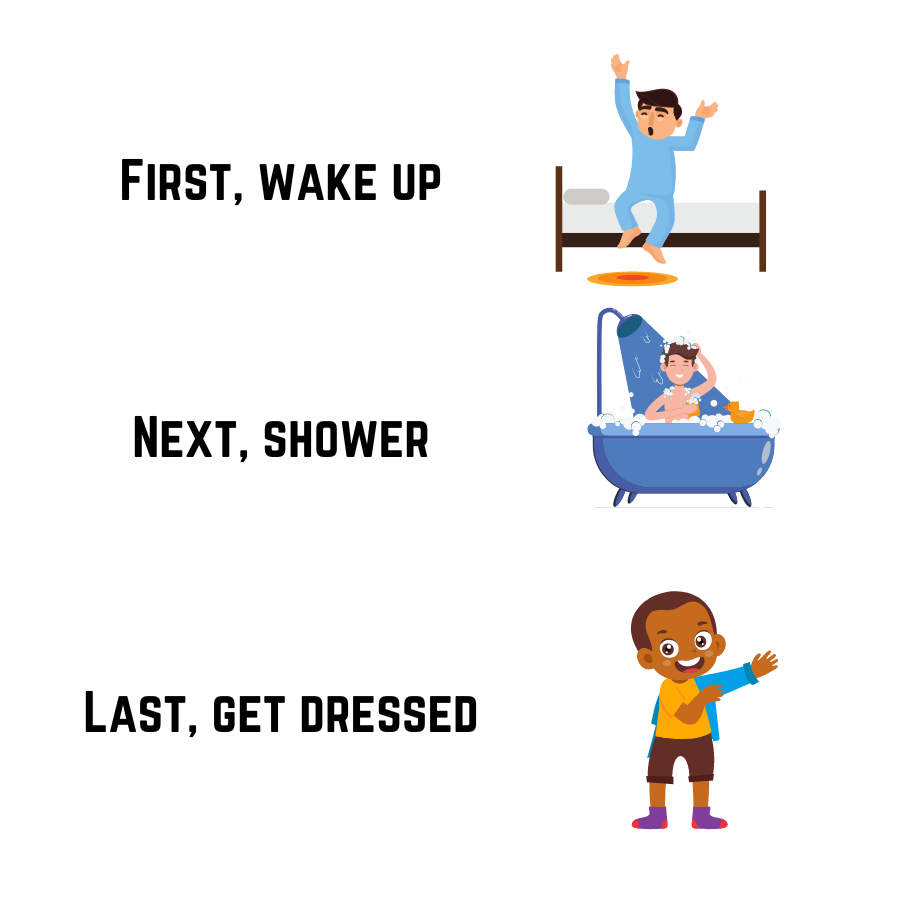
Teaching readers how to sequence events is an important skill that can improve their comprehension and critical thinking abilities. One effective strategy is to explicitly teach the skill of sequencing by modeling the process for students. This can involve using think-alouds to demonstrate how to identify the order of events in a text, and how to use context clues to infer the order of events when it is not explicitly stated.
Another effective approach is to use graphic organizers to help students organize their thinking and identify the order of events in a text. This can include using a timeline or a story map that prompts students to identify the key events in a story and how they relate to each other.
Encouraging students to ask questions and challenge assumptions about the text can also help to deepen their understanding and improve their ability to sequence events. Teachers can provide opportunities for students to engage in discussions and debates about the text, and encourage them to share their ideas and perspectives with others.
Providing opportunities for students to engage in independent reading can also help to improve their ability to sequence events in a text. By reading a variety of texts and genres, students can develop a wider range of background knowledge and improve their ability to make connections between different parts of the text.
Finally, teachers can use a variety of assessment tools to monitor students' progress in sequencing events. This can include assessments such as open-ended questions, graphic organizers, and writing prompts that require students to identify the order of events in a story. Teachers can also use self-reflection and peer review activities to help students reflect on their own learning and identify areas for improvement.
In conclusion, teaching readers how to sequence events requires a multi-faceted approach that involves explicit instruction, the use of graphic organizers, encouraging student questions and discussions, independent reading, and ongoing assessment and feedback. By using these strategies, teachers can help readers to develop critical thinking skills, deepen their understanding of texts, and improve their ability to sequence events in a text.
Comentários